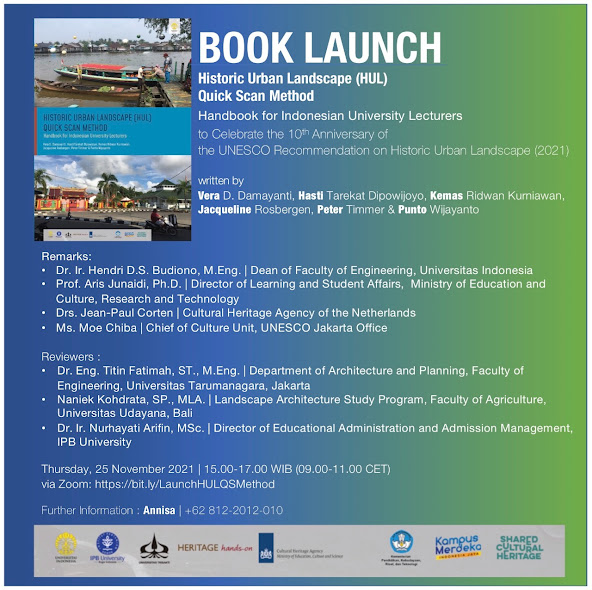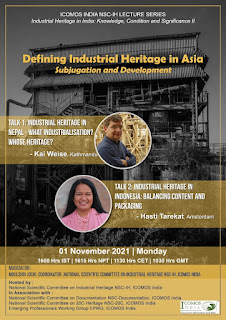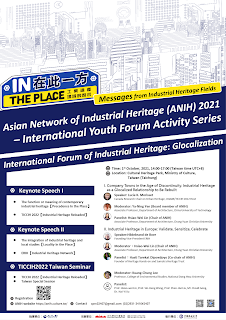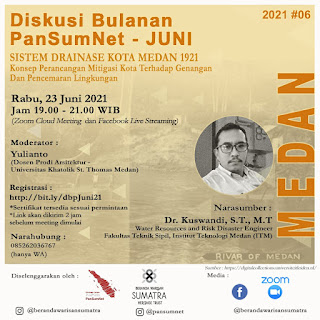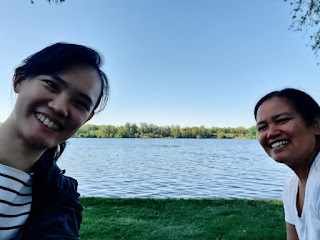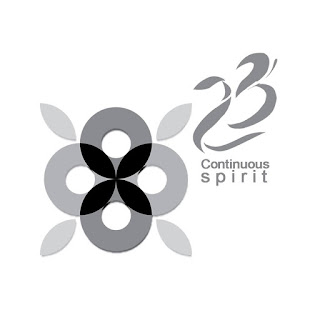ALPHABET, LOCAL WISDOM AND HEROES
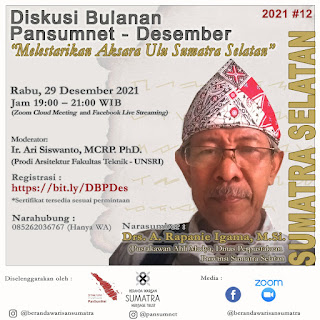
The monthly discussion of the Pan-Sumatra Network for Heritage Conservation (Pansumnet) on 29 December 2021 was about the efforts of Rapanie Igama, a library expert, to save the Ulu alphabet in the South of Sumatra. When I asked how many local languages, dialects, and alphabets exist in his area, the answer is astonishing: more than 70 dialects. And that is only in one province or area of South Sumatra! It was more astonishing when other language experts, Sarwit Sartono from the University of Bengkulu and Prof. Dr. Uli Kozok from Hawaii also joined and enlighten the audience about the Ulu alphabets. Those alphabets are actually the doors to much local wisdom about daily life that are actual now such as environmental issues, agriculture, and many more. It is a pity that very few people left who can understand the language and the content. We discussed a lot about the digitalization of the alphabet but finally, we drew a conclusion that digitalization is not only about u...

